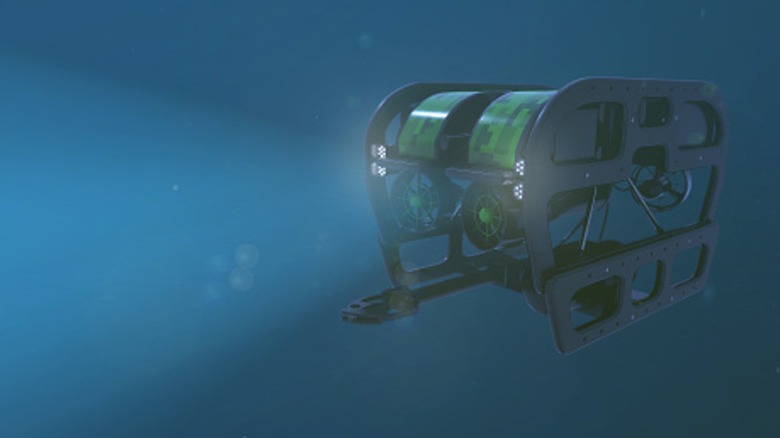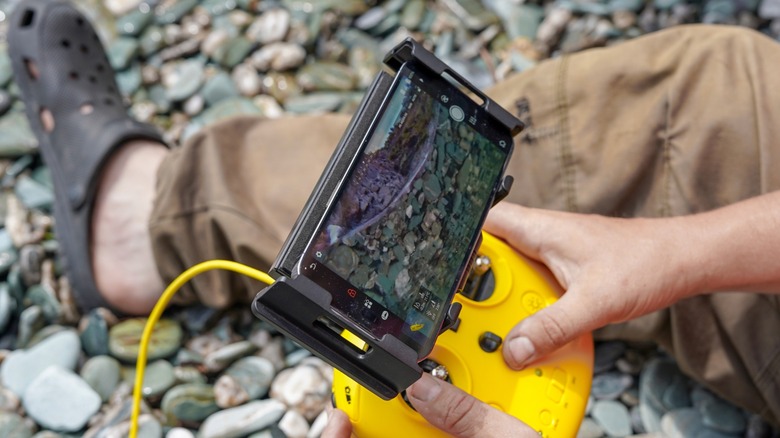Do You Need A License For An Underwater Drone?
You might be aware that most classes of aerial drones must be registered and require a remote pilot license to fly them commercially, but when it comes to underwater drones , also known as remotely operated vehicles (ROVs) or unmanned underwater vehicles (UUVs), the regulation is surprisingly sparse. It doesn't seem like the law has caught up with them yet probably because they're typically not as dangerous as aerial drones. You mostly don't need to register them and you don't even need a license to operate one.
For context, flying an aerial drone, like a DJI Majic 3, even recreationally it must remain below or at 400 feet, stay in sight always, fly in Class G (uncontrolled) airspace, you must take a safety test, and also register it if it's above 0.55 lbs — among a few other requirements. Underwater ROVs simply have no such strict requirements as a hobbyist; you can buy one and put it in the water immediately.
That said, this isn't a completely lawless country. There are a host of maritime laws you should conform to — whether or not it explicitly says it applies to UUVs or ROVs — just to be safe. If you're using it commercially, there are rules and regulations you'll need to be aware of. Also, depending on the industry, operating a UUV might require some kind of certification or training – although this mostly applied to autonomous underwater vehicles (AUVs).
Some laws you should be aware of when using a UUV
While there isn't any FAA mandate or much of any superseding federal laws directly controlling UUVs, you would have to abide by maritime and local laws. For instance, depending on the body of water you're putting a UUV in, there could be restrictions. Using your UUV in undeveloped parts of a national parks without a permit is prohibited and could get you in trouble — up to 6 months jail time and a $5,000 fine. Under Title 36 of the Code of Federal Regulations, Section 2.12(a)(3), you're not allowed to use any motorized equipment or toys in natural areas of a national park unless you have a special permit. Using your drone near marine life, in general, could possibly run the risk of breaking the Marine Mammal Protection Act.
If you plan to use your underwater drone out at sea or great lakes, it could be classified as a "vessel" if it is a means of transportation for people or goods. This also applies if it's practically capable of being a means of transportation "regardless of its primary purpose or state of transit at a particular moment" — as proven in Stewart v. Dutra Construction Co (PDF). Once that's determined, you'll have to abide by 46 CFR & 33 CFR, meaning the UUV could require lights, markings, and compliance with navigation in busy waters. Also, if your drone discharges any waste, you'll be liable, and this includes battery fluids.

